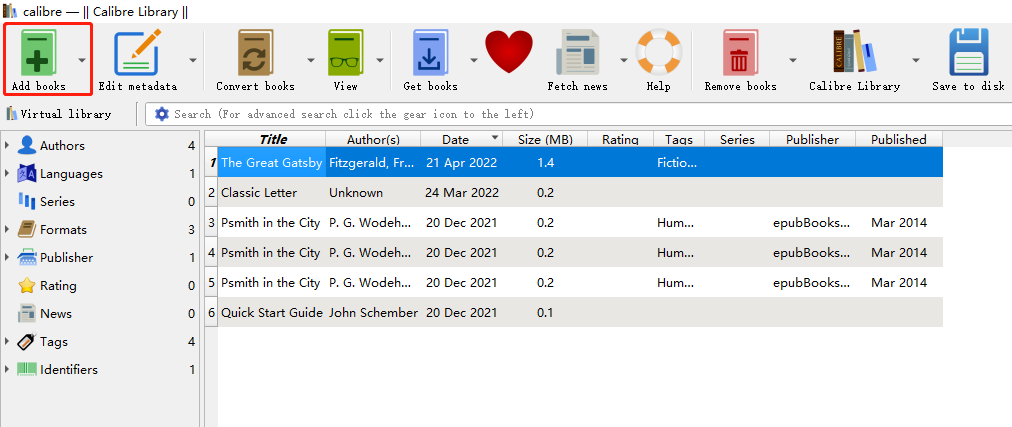
Option 5: OCRĪnother way, and much easier than typing, is to digitally scan each page using OCR - optical character recognition. If you aren’t proficient, you consider hiring a high school or college student – they are always looking for ways to make money. If you are proficient in typing, you can reset the entire document.

Of course you will need to reformat the layout (flow of text, headers, subheads) and re-insert any graphics. This will only work if the file is not password protected. If you are able to select the entire document and copy the text then you can paste it into your word processing program for conversion. mobi or the name of you file (ie/ Book.mobi). If you lose the location, do a search on your computer for either. Take note of the Author name, so that you can find the file in your Calibre Library folder on your computer.

Place the PDF file in the ‘documents’ folder.Open the Kindle image and open the folder ‘documents’.Commonly, the text is overly light and small. Depending upon the formatting of the original PDF file, you may find the results less than adequate for reading. READINGĪ PDF file can be placed directly on your Kindle for reading however the results are mixed. NOTE: for the sake of the examples, I will reference the Kindle. Just understand that you should proofread and test the results on your Kindle BEFORE publishing. Yet, if the only version of your book is in PDF form and you want to move it to your e-reader, there are various ways you can do this. Converting from a PDF to Kindle or EPUB pulls in a lot of strange coding that can wreak havoc on your final output however, this method is adequate for reading, though it isn’t without it’s problems as well. Using a PDF is NOT the recommended method for authors when publishing their work.


 0 kommentar(er)
0 kommentar(er)
